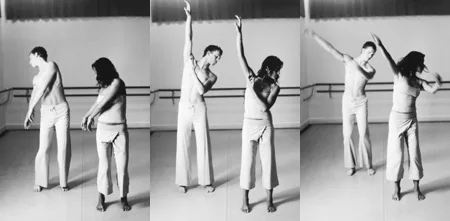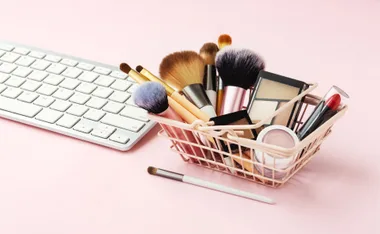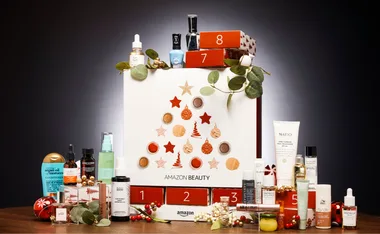MATERIALS
Kunin rainbow shaggy plush felt in antique white
Kunin rainbow plush felt in smoky brown
25cm x 20mm ribbon
Small quantity polyester wadding
Sewing cotton to match felt colours, plus basic sewing patterns
Anchor stranded cotton colour 905 – Very dark brown
INSTRUCTIONS
Pre-wash felt following manufacturer’s instructions before cutting.
Download and print pattern pieces.
Cut out pattern pieces from Antique White and Smoky Brown felt following directions on patterns. On all pattern pieces the straight outline is the cutting line and the dotted line the stitching line. The Top of Head and Ear do not need seam allowances because the felt does not fray, and these pieces are topstitched into position. If substituting another material, please take this into account. Short lines marked in seam allowance of body pattern are for Leg and Head placement.
Pin legs together in pairs with right sides facing. Sew around each leg leaving the top (straight) seam open. Turn the leg right side out and lightly stuff (use a pencel to push small amounts of wadding into place in each leg).
Sew around front seam of lamb’s head with the fabric folded right sides facing. Turn the right side out and lightly stuff with wadding. Machine stitch opening closed.
Pin legs and head in position facing inwards on the right side of one body section using marks on pattern as a placement guide. Tack in position, then pin the other body section on top, right sides of body pieces facing, sandwiching the limbs between.
use a zipper foot to stitch accurately around entire body, leaving belly section between the legs unstitched for turning through. Carefully turn sheep right side out. Stuff body lightly with extra polyester wadding; it should remain reasonably flat, so don’t overstuff. Slip-stitch opening closed.
Tie a bow around the lamb’s neck, using ribbon to hide the join between the head and body. Fold ear piece in half lengthwise, with the wrong sides of the felt facing. Top stitch the centre of the folded ears to the head, approximately 1.5cm up from the ribbon. Pin Top of Head section over ears so the straight edge is aligned with the ribbon. Overcast stitch the top of head section into position.
Use 6 strands of Very Dark Brown stranded cotton to embroider the features. Fronch-knot each eye and straight-stitch nose and mouth over front seam, using the pattern as a guide for placement.



.png?resize=380%2C285)
.jpg?resize=380%2C285)




.png?resize=380%2C285)































